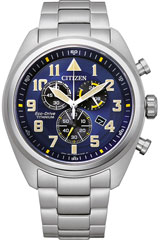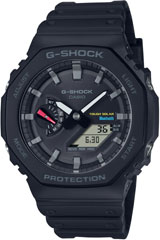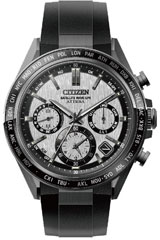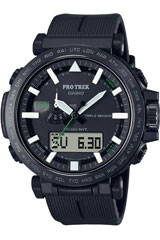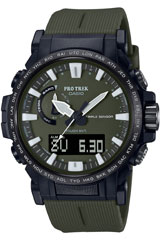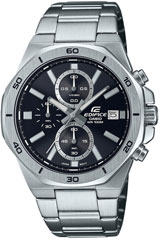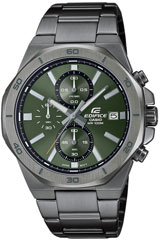Chronograph
Chronograph watches - sporty and elegant
Chronographs are watches that have a stop function. Until the 1970s, mechanical chronographs were used to measure time in sports competitions. In our shop you will find, among other things, chronographs from the Citizen brand, which have been setting international standards for years with their high-quality movements. Particularly sporty, but also elegant are the trendy chronographs from Festina, which you can of course also find in our shop. By the way, you can also find great chronographs at the brand BOSS.Chronographs - Guide Chronographs -
classy timepieces in a class of their own
A chronograph is a special type of watch that can do much more than just tell the time. Unlike traditional wristwatches, a chronograph offers additional features such as measuring time intervals and speeds. But what exactly is a chronograph and where does this type of watch come from? In this guide, we will take a closer look at the chronograph and explain how it works.
Table of contents
- The history of the chronograph
- How does a chronograph work?
- advantages of a chronograph
- Which movement is installed in a chronograph?
- What is the difference between chronograph and chronometer?
- Conclusion
The history of the chronograph
The history of the chronograph dates back to the early 19th century. The first chronographs were invented in 1815 by a French watchmaker named Louis Moinet. These early chronographs were specially designed for use in astronomy and weather observation and made it possible to measure time intervals. In the decades that followed, chronographs continued to be improved and refined. One of the most important milestones in the history of the chronograph was the invention of the chronograph with a rattrapante function in 1844. This feature made it possible to measure multiple time intervals at the same time, which was a big step forward compared to the previous chronographs. With the advent of sports and competitions in the 19th century, the chronograph became an indispensable tool for athletes and referees. Chronographs were especially useful for use in racing, boxing, and other athletic competitions where it was important to accurately measure time intervals. In the 1920s, the chronograph was used in aviation and the military, as it was particularly useful for use in airplanes, allowing pilots to accurately measure flight time and duration. In recent decades, the chronograph has become a highly sought-after accessory in the fashion industry. Chronographs are now available in a variety of designs and sizes and are often worn as a fashion accessory. The chronograph has a remarkable history that has continued to evolve over the years. From its beginnings as a practical measuring tool in astronomy and weather observation to its current status as a fashion accessory, the chronograph has a long and remarkable history.
How does a chronograph work?
A chronograph consists of a regular watch that shows the time and an additional function that makes it possible to measure time intervals. Here's a quick explanation of how a chronograph works:
- Start/stop button: The start/stop button starts measuring the time interval. As soon as it is actuated, the additional stopwatch starts running. If you press the start/stop button again, the measurement will be stopped.
- Reset button: The reset button resets the stopwatch back to zero. This is useful if you want to take multiple measurements in a row.
- Additional hands: There are additional hands on the chronograph that are used specifically for measuring time intervals. These hands move while the stopwatch is running and show the measured time.
- Subregisters: Some chronographs have subregisters that display time intervals in units such as seconds, minutes, and hours.
- Tachymeter scale: Some chronographs also have a tachymeter scale, which makes it possible to calculate the average speed in a given time.
advantages of a chronograph
Chronographs are very practical watches that offer a variety of benefits, including:
- Timekeeping: The most important advantage of a chronograph is its ability to measure time intervals. This is especially useful for athletes who want to track their performances, but also for people who want to save time when performing tasks or projects.
- Precision: Chronographs are very precise watches that make it possible to measure time intervals to the nearest fraction of a second. This is especially important in sports competitions or when conducting experimental studies.
- Functionality: Chronographs are very versatile watches that not only display the time, but also offer a variety of other functions such as date display, alarm function and tachymeter scale.
- Style: Chronographs are not only practical watches, but also fashion accessories. There are a variety of designs and styles available to suit all tastes and clothing.
- Value: Chronographs are often high-quality watches that are a good investment. They can be used for many years and often retain their value or even increase in value, making them an attractive choice for watch collectors.
Which movement is installed in a chronograph?
A chronograph usually has either a quartz or a mechanical movement installed. A quartz chronograph has a battery-powered quartz movement that is very precise and rarely needs to be adjusted. This type of chronograph is easy to use and often has a variety of functions, such as a stopwatch, timer and date display. A mechanical chronograph has a manually windable or automatic movement. This type of chronograph is particularly interesting for watch lovers, as they have a timeless and classic design and have a long lifespan. Mechanical chronographs are also particularly precise and offer great accuracy.
What is the difference between chronograph and chronometer?
A chronograph and a chronometer are both types of watches, but they differ in how they work and are accurate. A chronograph is a watch with a stopwatch function that makes it possible to measure time intervals. A chronograph can be integrated into a regular wristwatch or sold as a separate unit. A chronometer, on the other hand, is a watch that meets certain standards of accuracy. A chronometer must pass a number of tests, including tests at various temperatures and humidity, as well as tests for vibration and shock. When a watch passes these tests to be certified as a chronometer. It is possible for a watch to be both a chronograph and a chronometer, but not every chronograph is automatically a chronometer.
Conclusion
In conclusion, chronographs are an excellent choice for any watch enthusiast who appreciates functionality, precision and style. Whether you choose a quartz or a mechanical chronograph depends on your personal preferences and needs. But one thing is certain: a chronograph is a valuable addition to any watch collection and a handy tool for everyday use. With its ability to measure time intervals and many other features, it is an essential accessory for anyone who values time.
Choose your preferred payment
You can choose the following payments from our shop: PayPal, credit card and prepayment. For more information visit payment methods & FAQ More payments: prepayment with 3% off for wristwatches
INFORMATION
Last update 2024-12-28 18:15:07





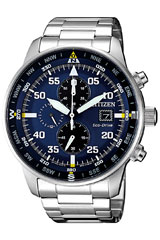
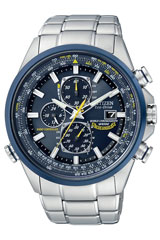
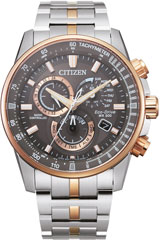
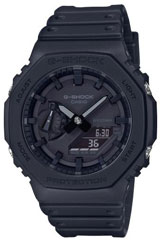

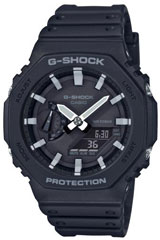
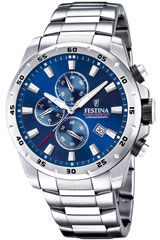

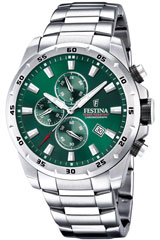
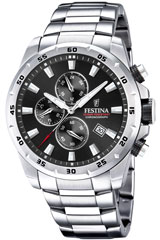




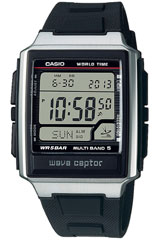

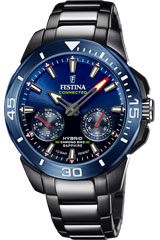

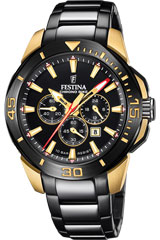

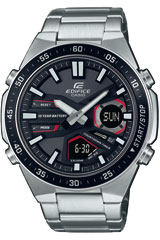


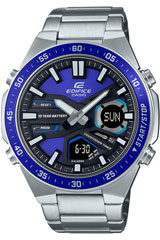

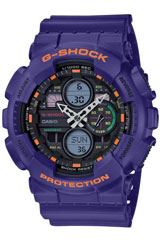
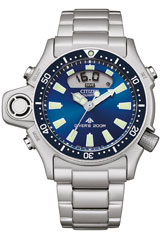

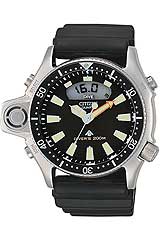

.jpg)

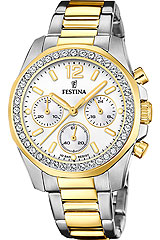
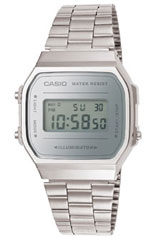


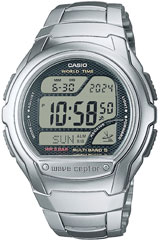
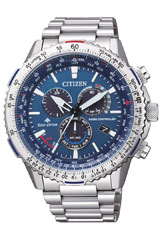
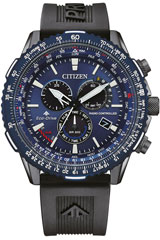
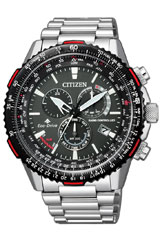

.jpg)
.jpg)


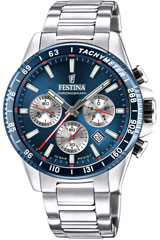
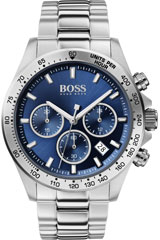










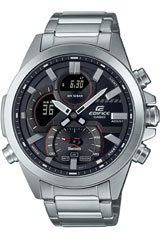

.jpg)








